As described by Karl in 1901: “Belfast on the River Lagan, in the Counties Antrim and Down, has a population of 350,000 and is the most go-ahead place in all of Ireland. Outside of the linen factories and the enormous shipyards of Harland and Wolff, where the White Star liners are built, there is scarcely anything to be seen different from cities of similar size throughout the British Isles, America or the Colonies. In fact, every city is the same, except for one or two peculiarities some may have, where the English language is spoken.”
Historically, Belfast was nicknamed “Linenopolis” a reference to the importance of the Irish linen industry, one of Ireland’s major economic exports. Interestingly, during Karl’s visit, the linen industry was equally as valuable as the Harland and Wolff shipyards. It wasn’t until ten years later when the world’s largest and most luxurious passenger ships were built — including the ill-fated RMS Titanic (1912) — that the Belfast shipyard industry became globally recognized. The significance of the shipyard further catapulted during WWII when it built aircraft carriers, 131 naval ships, and repaired over 22,000 vessels. Harland Wolff continues to innovate the shipping industry with one of the largest dry docks in Europe.
However, notwithstanding this economic workhorse of Northern Ireland, sadly today, the city of Belfast continues to be primarily associated with the conflict known as “the Troubles.” But the political violence experienced in Belfast didn’t start there.
In the pursuit of an independent Republic of Ireland, over 2,500 lives were lost in the war between Britain and the military forces in Ireland. The conflict resulted in a cease-fire in 1922 when a treaty was signed with Britain partitioning Ireland with the south being autonomous and Northern Ireland remaining in the United Kingdom. The latter leading to a nationalistic conflict between those wanting to remain within the United Kingdom and those that wanted to join a united Ireland. This conflict, “the Troubles,” escalated in the late 1960s, and in the proceeding 40 years, more than 3,500 people were killed until an agreement was established on Good Friday 1998 setting out the governance of Northern Ireland.
Visiting Belfast today, there remains visible evidence of the Troubles depicted in over 300 murals on display throughout the local communities. Walking the streets of Belfast, the murals are a very prominent visual reminder to both visitors and locals alike of a dark time in history. It’s in contrast to what we are currently doing in Canada, where we are fervently toppling our statues of those who derived their power from unscrupulous methods. But removing the physical evidence does not erase history, and I wonder, instead, have we erased the opportunity for learning what not to repeat?
In this respect, I think it’s positive that we can associate Belfast with linen, shipbuilding, and “the Troubles,” and Karl’s description of Belfast as the “most go-ahead place” remains fitting today.
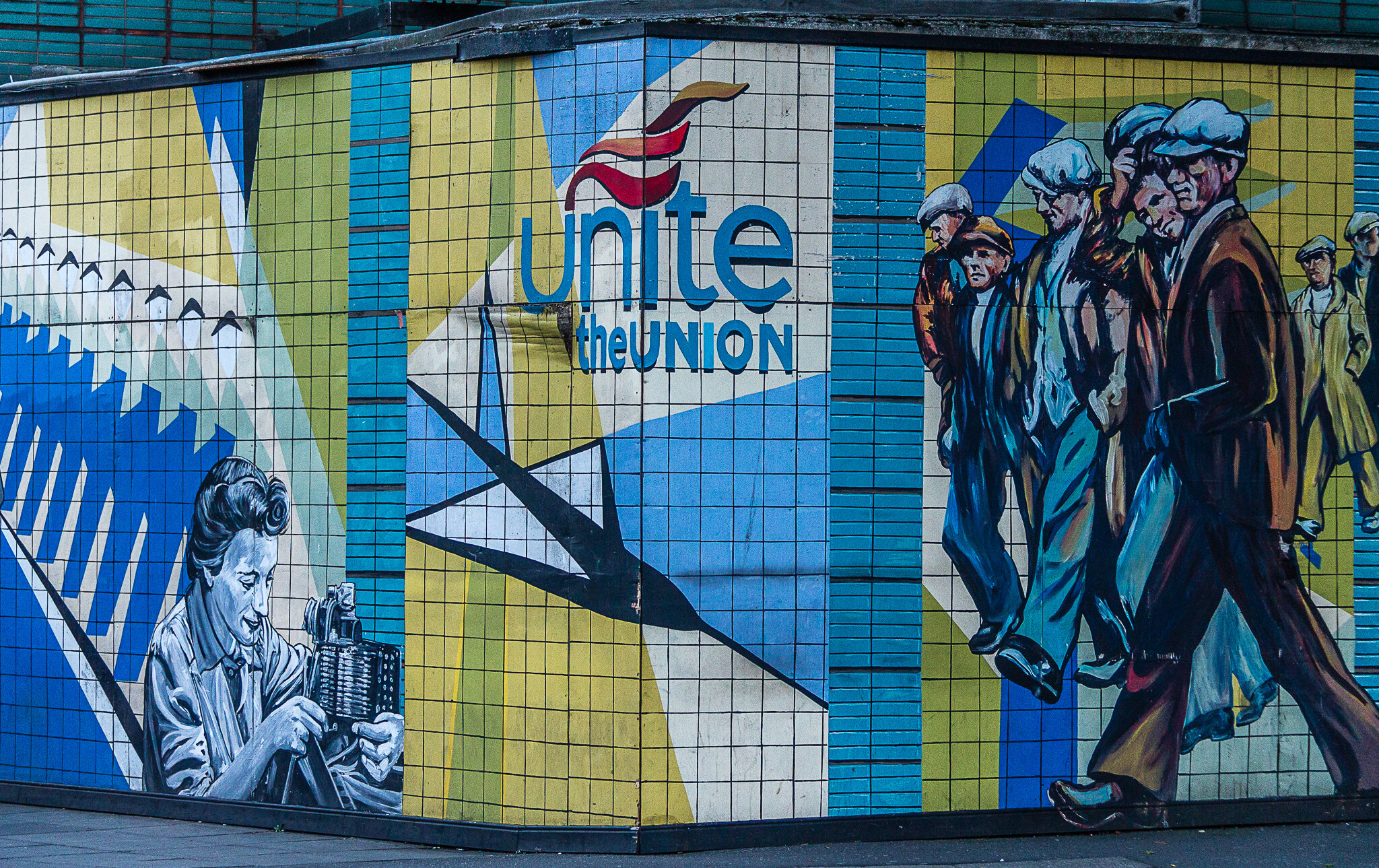

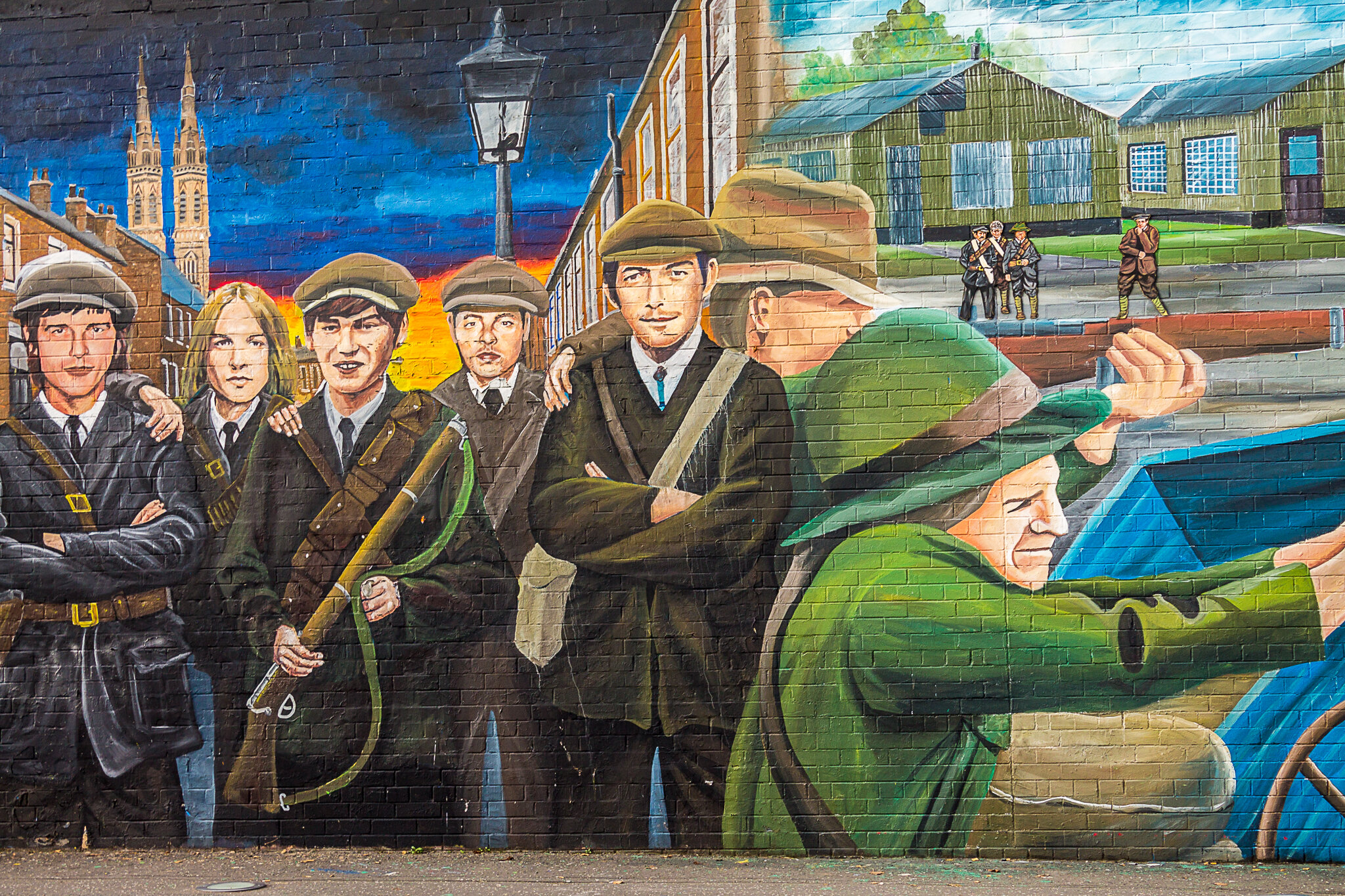
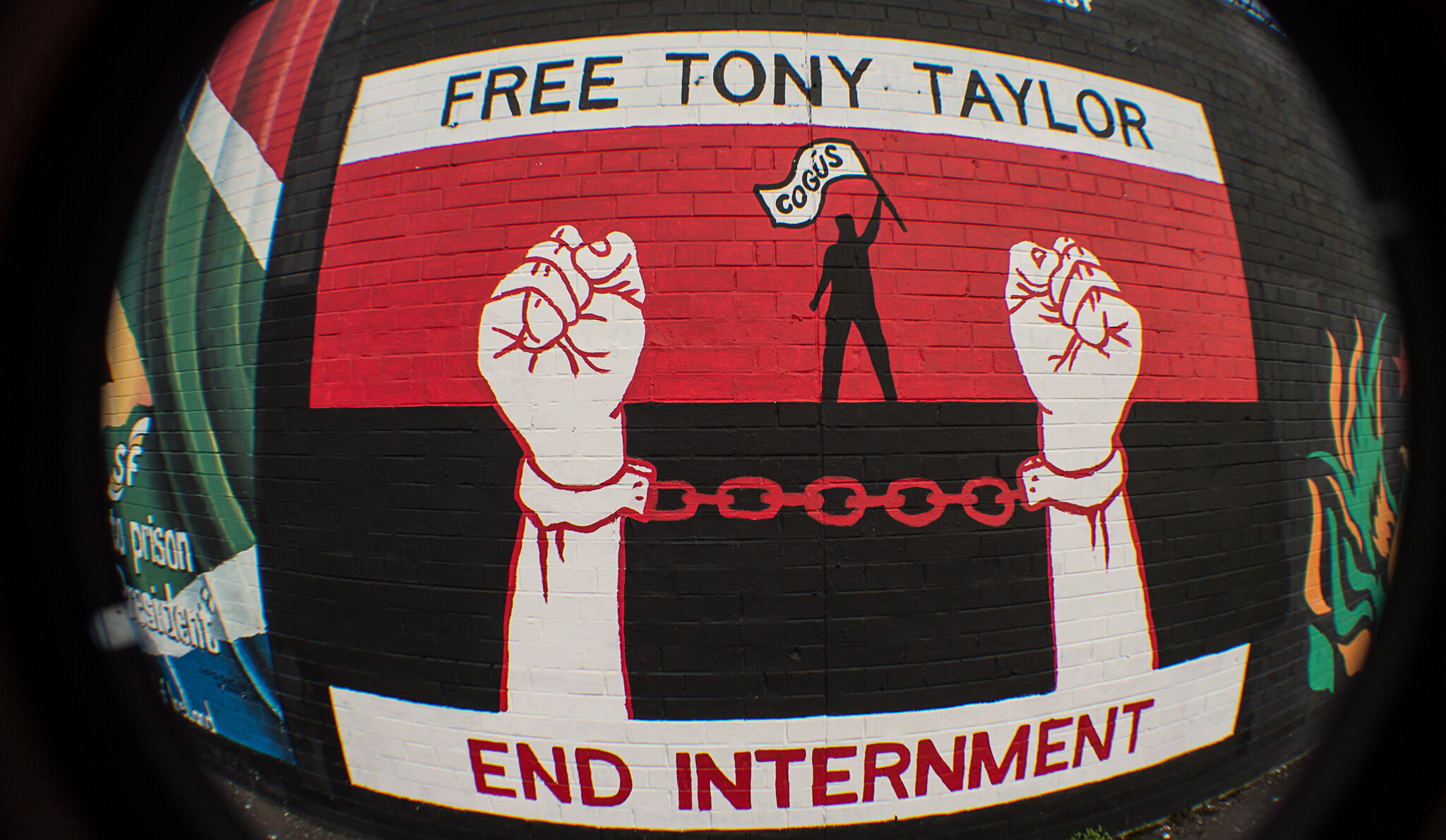
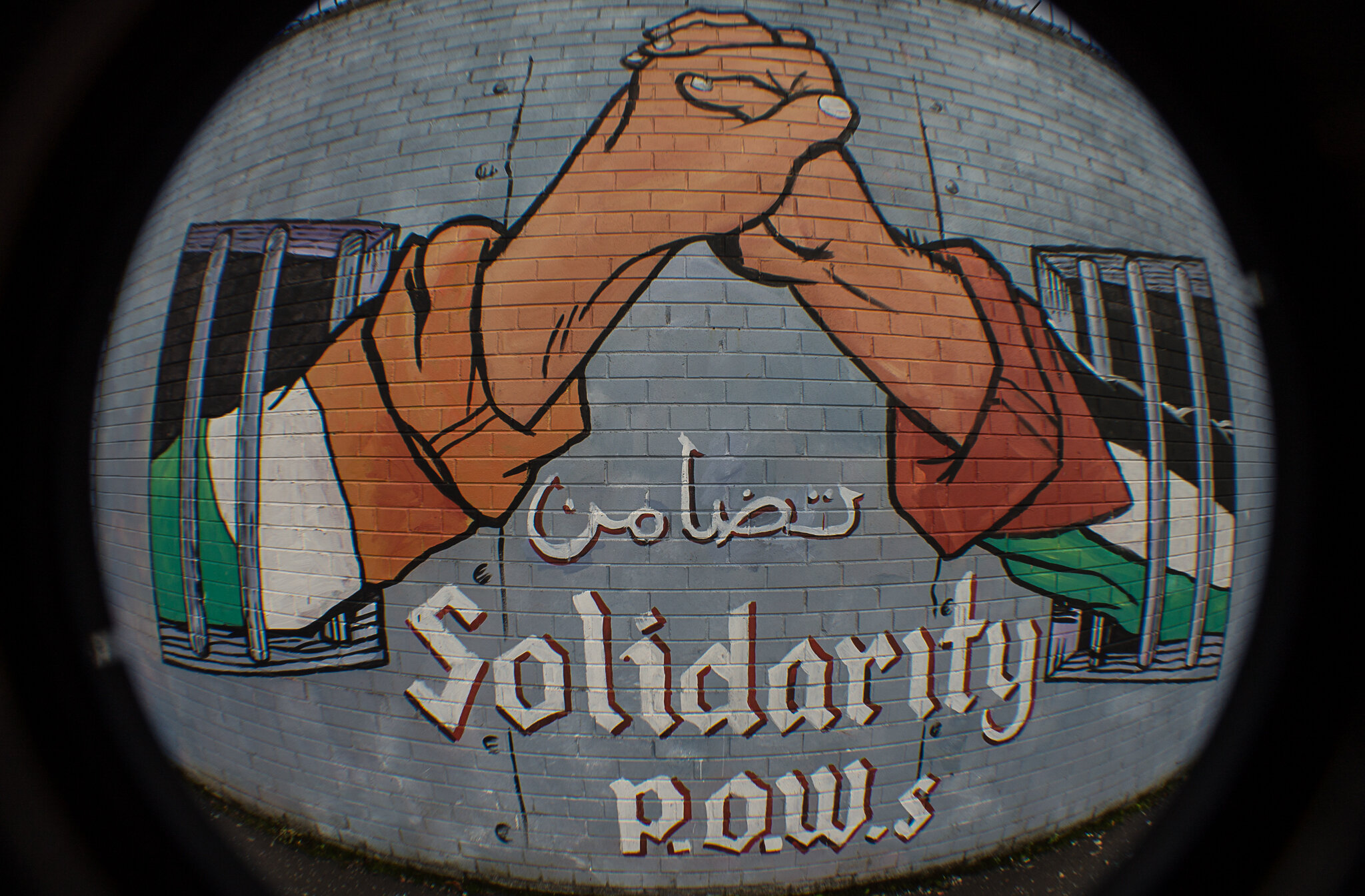
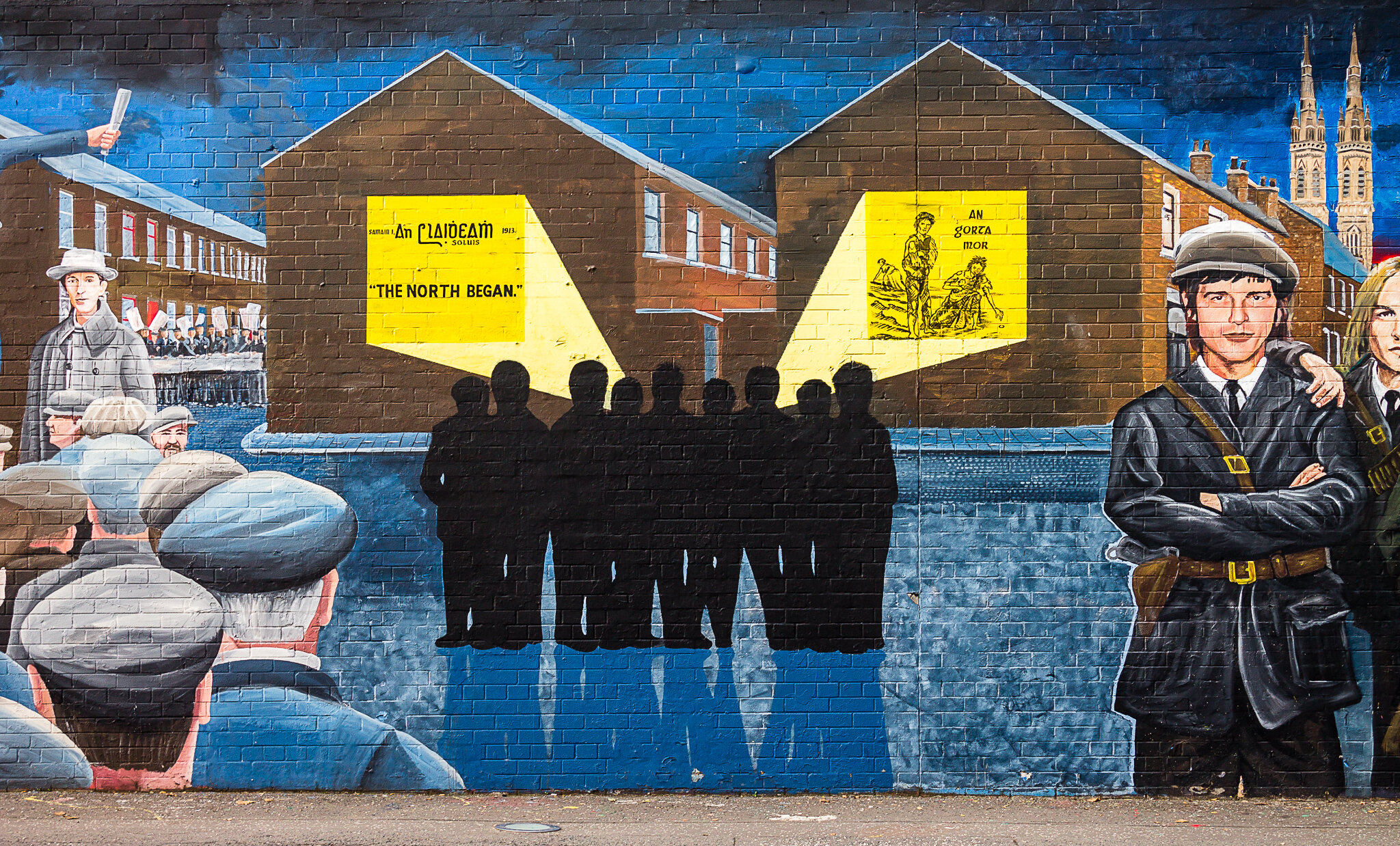
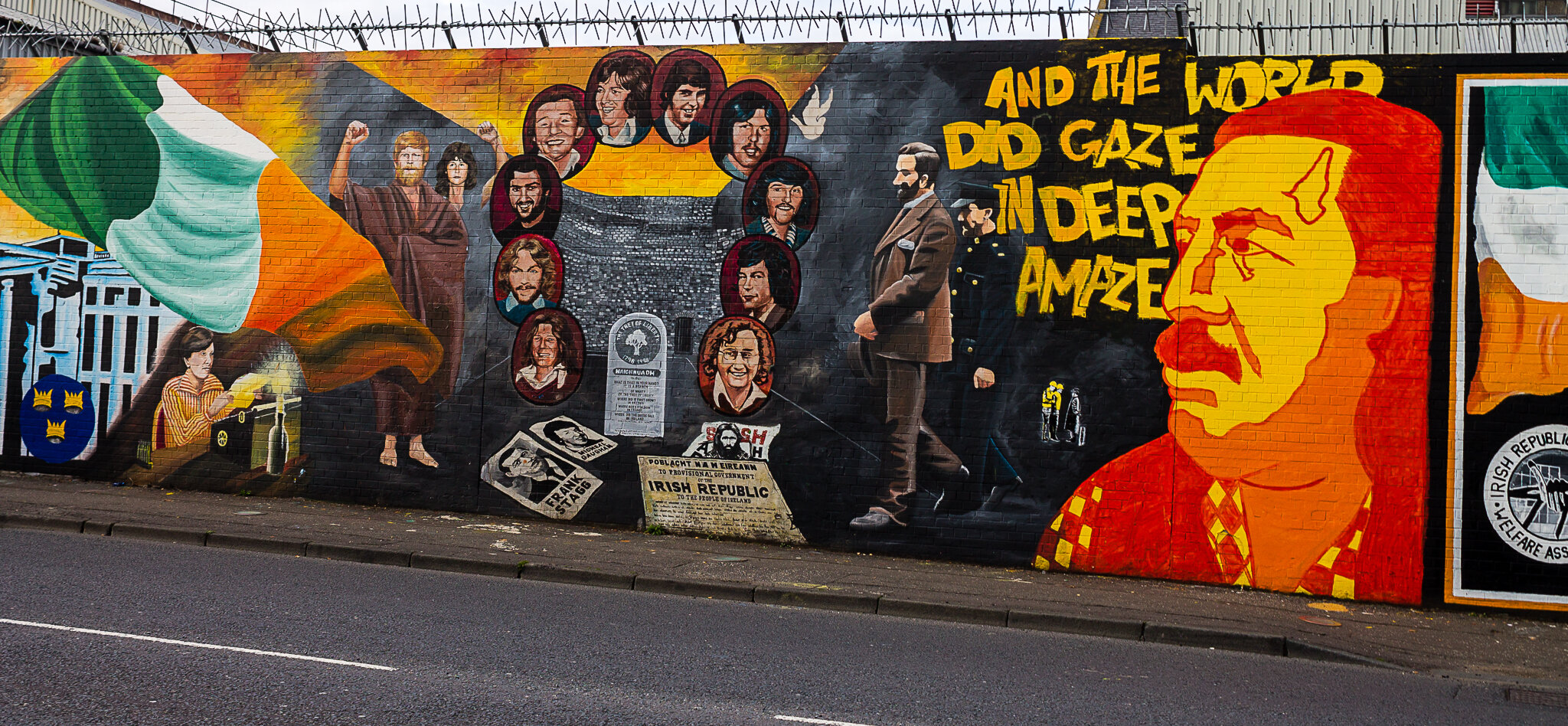

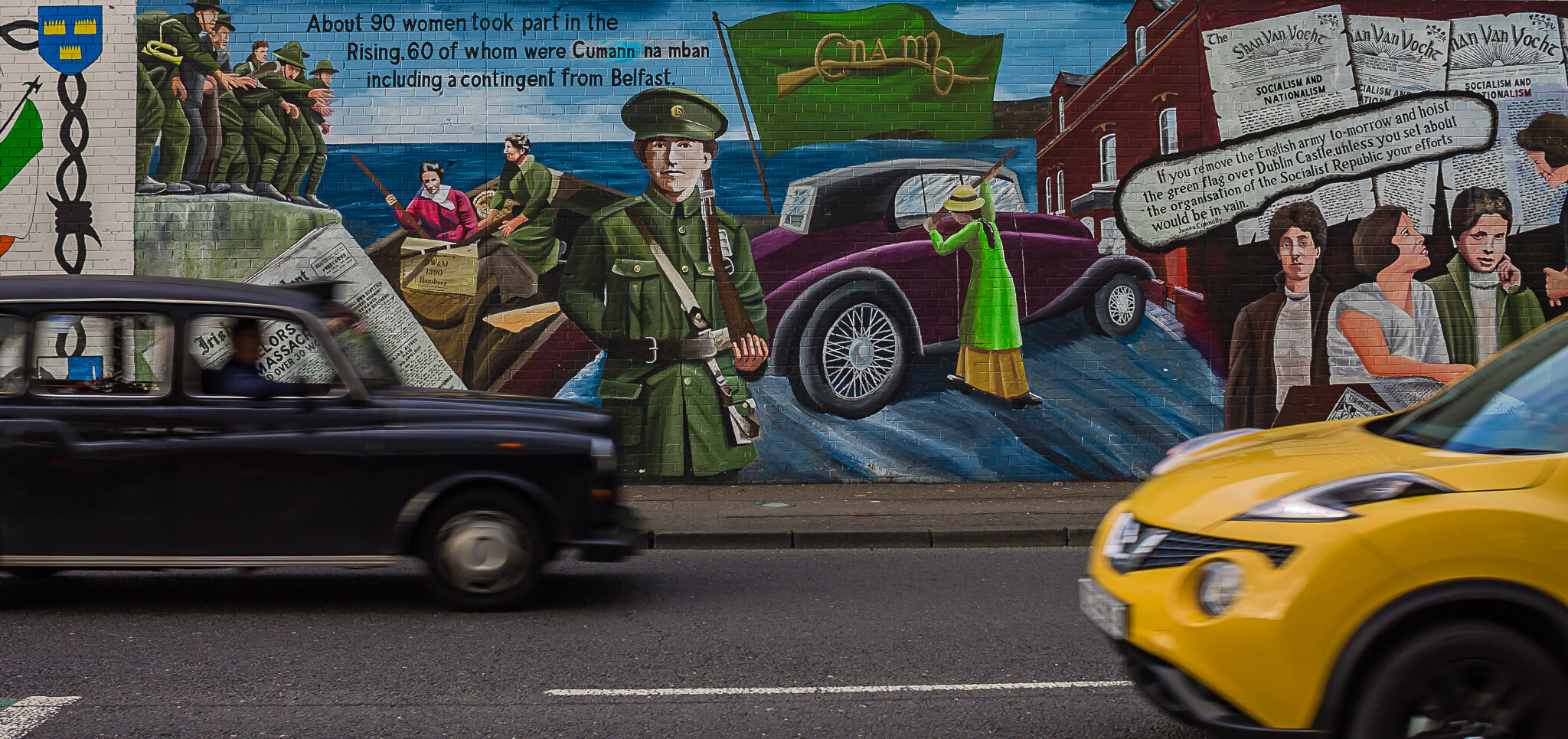
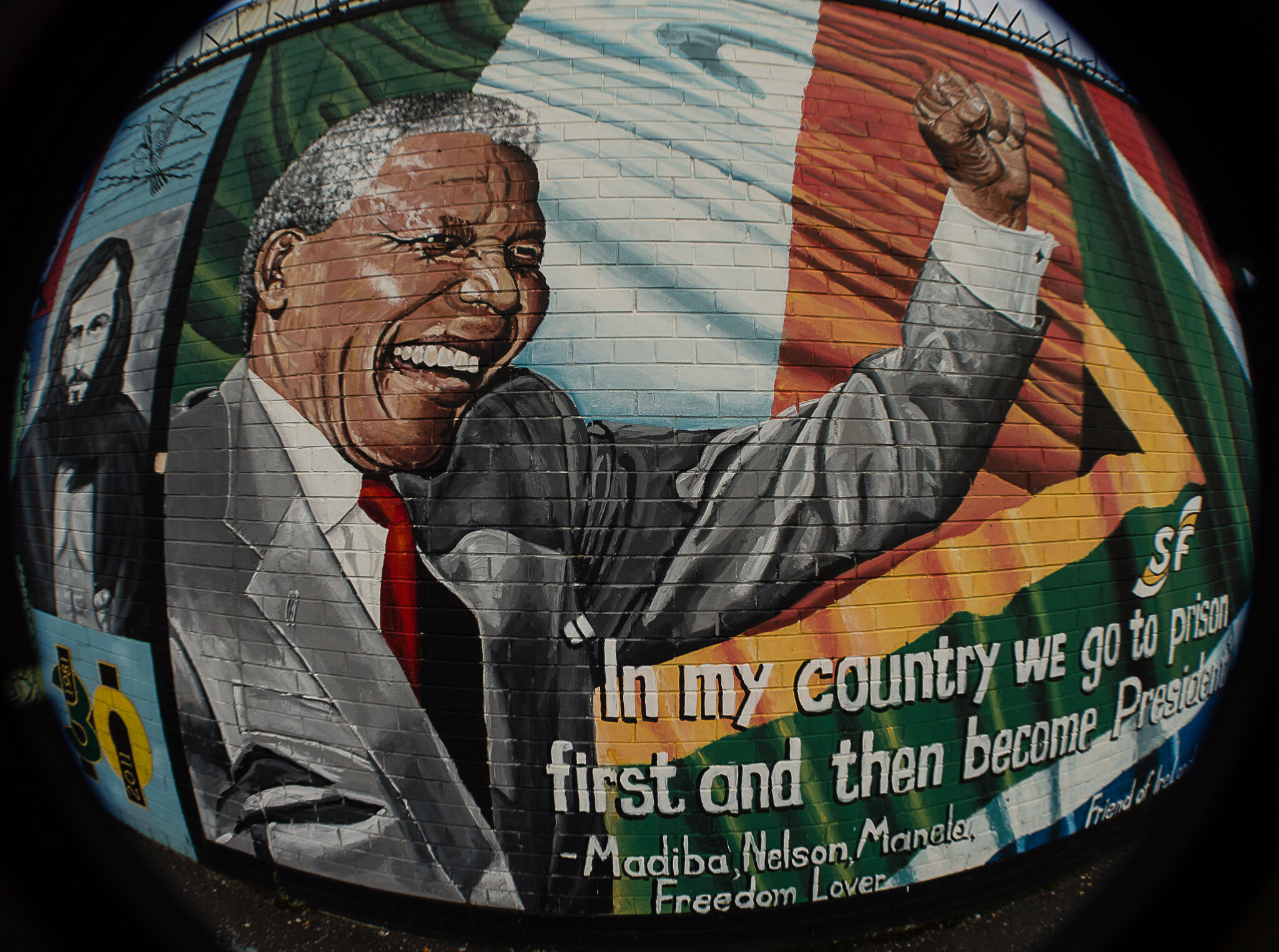
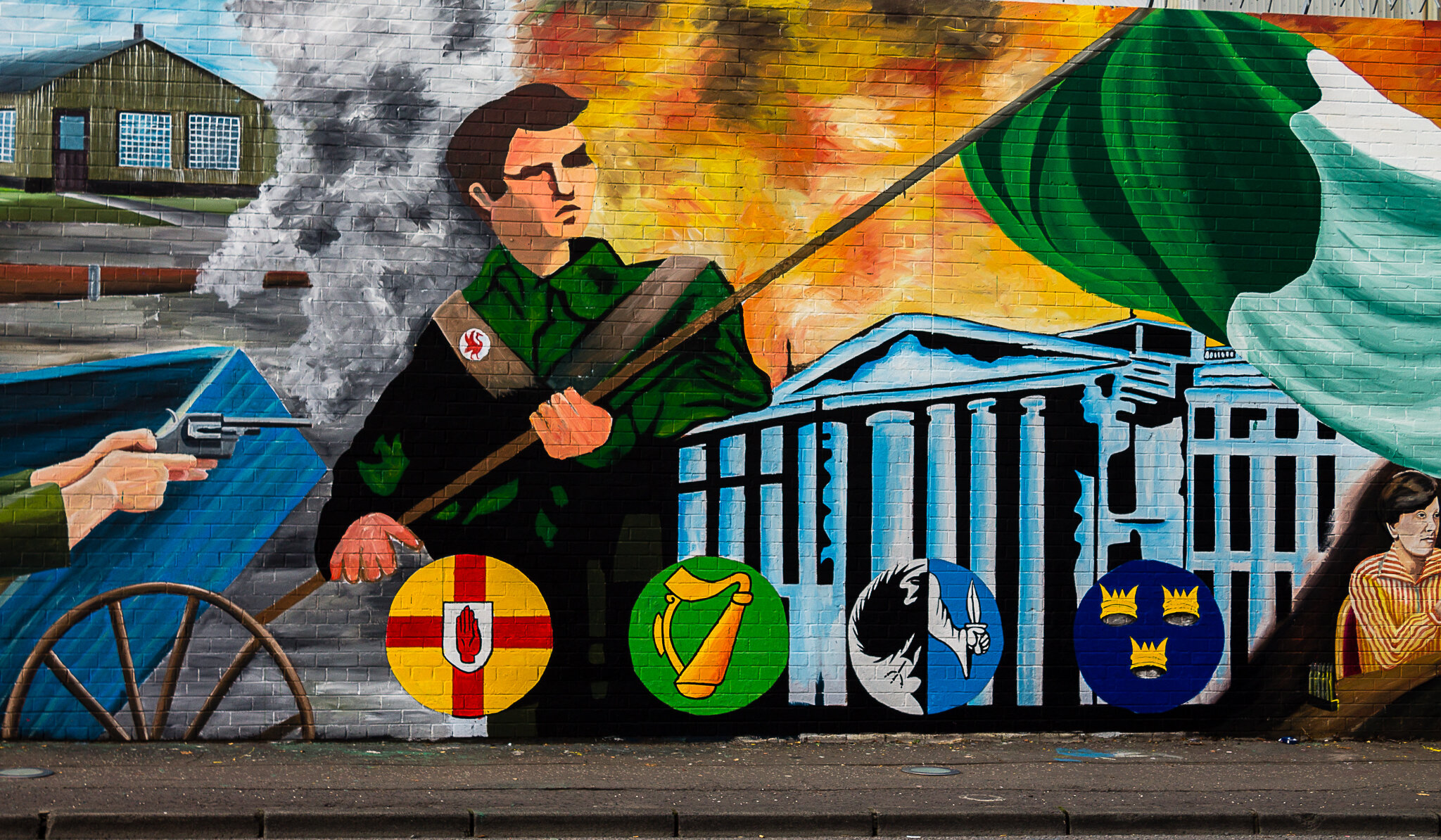
*Extra - a ride on a tramcar through Belfast in 1901, imagine that this was Karl on his bicycle: https://youtu.be/SpU4DgefFPo
